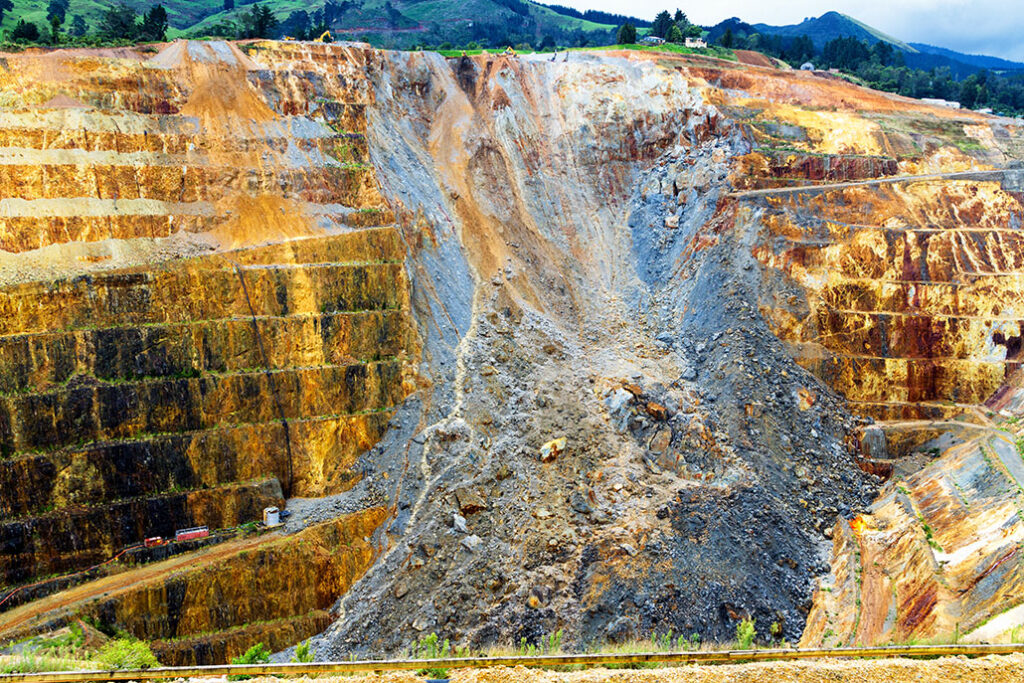Gold recovery using activated carbon is a widely practiced and highly efficient method in the mining industry. It forms the backbone of Carbon-in-Leach (CIL) and Carbon-in-Pulp (CIP) processes. However, operators face several challenges that can reduce recovery efficiency and drive up costs if not addressed effectively.
This guide explores the most common issues encountered during the gold recovery process, including carbon attrition, fouling, elution inefficiencies, and others. It also provides expert-level insights on solutions to overcome these obstacles and ensure optimal performance.
Key Challenges in Gold Recovery Using Activated Carbon
Carbon Fines and Attrition
One of the most prevalent challenges involves the loss of activated carbon due to attrition and breakage during the recovery process. Carbon particles undergoing constant agitation in the tanks can fragment into fines that escape through screens, resulting in significant losses. Attrition reduces the inventory of activated carbon and increases operational costs over time, as more material must be replaced to maintain the system.
How to Overcome It:
- Invest in high-quality, durable activated carbon designed for long-lasting resilience. Lower-grade carbon often has weaker physical properties and is prone to breaking under pressure.
- Optimize agitation intensity in the tanks to minimize mechanical forces acting on the carbon particles without compromising recovery efficiency.
Carbon Fouling
Activated carbon’s adsorption efficiency depends on its surface area, which can be blocked by foulants over time. Organic substances, such as oils and grease, or inorganic materials, like silica and calcium compounds, can coat the surface of the carbon, reducing its ability to adsorb gold. Carbon fouling poses a serious barrier to achieving maximum recovery.
How to Overcome It:
- Introduce pretreatment steps prior to the adsorption process. Effective washing and conditioning steps can remove oil, grease, and other organic materials.
- Maintain periodic thermal reactivation of used carbon to restore adsorption capacity. Ensuring reactivation occurs at the correct temperature (typically between 650 °C and 750°C) will burn off foulants without damaging the carbon structure.
Elution Efficiency
Elution involves stripping gold from loaded activated carbon, making it a critical step in the process. Inefficiencies in the elution process, such as incorrect chemical composition or suboptimal temperature, can result in incomplete gold recovery. This leads to lower yields and increased energy consumption.
How to Overcome It:
- Optimize the eluant composition by ensuring the chemical solution contains the appropriate concentrations of reagents, such as sodium cyanide or caustic soda, to facilitate maximum gold desorption.
- Monitor flow rates and maintain consistent temperature ranges during the elution process. Higher temperatures can accelerate desorption kinetics and improve recovery rates.
Carbon Management
Managing carbon inventory effectively is essential to preventing inefficiencies in the process. Poor inventory practices can lead to resource waste, excessive disposal costs, and irregular thermal reactivation schedules. Consistently maintaining carbon activity within functional limits requires precise monitoring.
How to Overcome It:
- Implement a carbon tracking system to monitor consumption, loss, and reactivation schedules in real time.
- Optimize thermal reactivation processes to ensure the used carbon regains maximum adsorption capacity without compromising its physical integrity.
- Establish safe disposal methods for spent carbon that comply with industry and environmental standards.
Prekilo Effect (Pre-robbing)
The phenomenon of pre-robbing, which occurs when gold is preferentially adsorbed by other carbonaceous matter in the ore rather than the activated carbon in the tanks, is another significant challenge. This leads to inefficiencies in the recovery process and lower gold yields.
How to Overcome It:
- Optimize carbon concentration within the CIL/CIP circuits to maintain an adequate carbon-to-pulp ratio. This ensures that sufficient activated carbon is present to compete with natural adsorbents.
- Adjust the residence time of the carbon in the tanks to ensure consistency with the required contact time for effective adsorption.
Why High-Quality Activated Carbon Supports Efficiency
Activated carbon plays an indispensable role in the recovery process. Its properties, such as surface area, porosity, and mechanical strength, directly impact the results. Using durable, high-performance activated carbon ensures higher recovery rates and reduces operational losses across the board. By choosing the right carbon material, operators can significantly reduce challenges and realize greater efficiency.
Additional Best Practices for Maximizing Gold Recovery
To maintain smooth operations and ensure the highest gold recovery levels in your CIL/CIP processes, consider these additional best practices.
- Conduct regular performance assessments to identify areas of loss, bottlenecks, or emerging trends in equipment wear and tear.
- Train personnel on optimized workflows for loading, elution, and reactivation. Proper handling directly reduces operational inefficiencies.
- Keep updated on new technologies and advancements in gold recovery methods to further refine your system for maximum output.
Effective gold recovery depends on addressing the key challenges of using activated carbon throughout the process. Proactively managing attrition, fouling, elution, and pre-robbing challenges allows for smoother operations and higher yields. Access to quality materials is essential, too; investing in premium activated carbon can make all the difference in achieving peak performance.
To learn more about activated carbon solutions optimized for gold recovery, check out this comprehensive resource.

